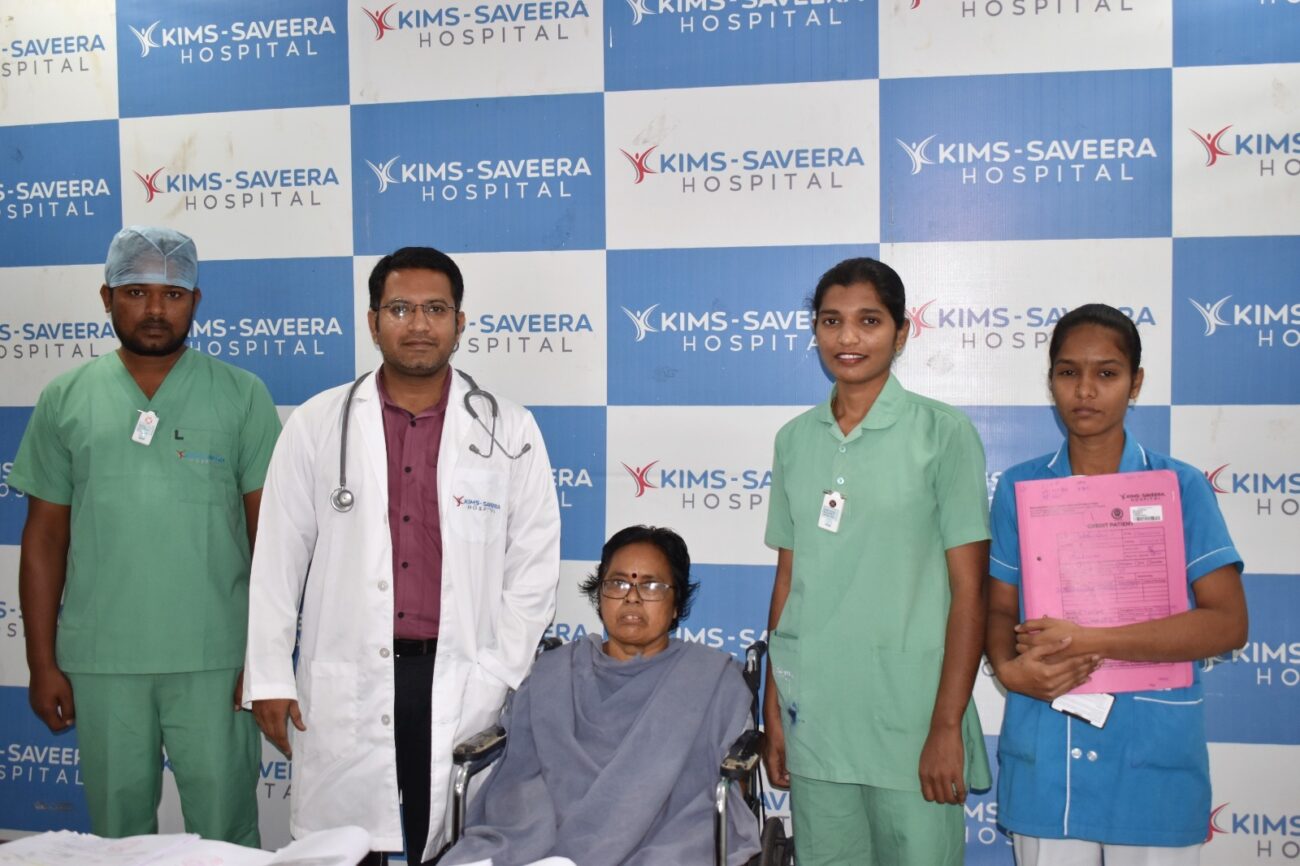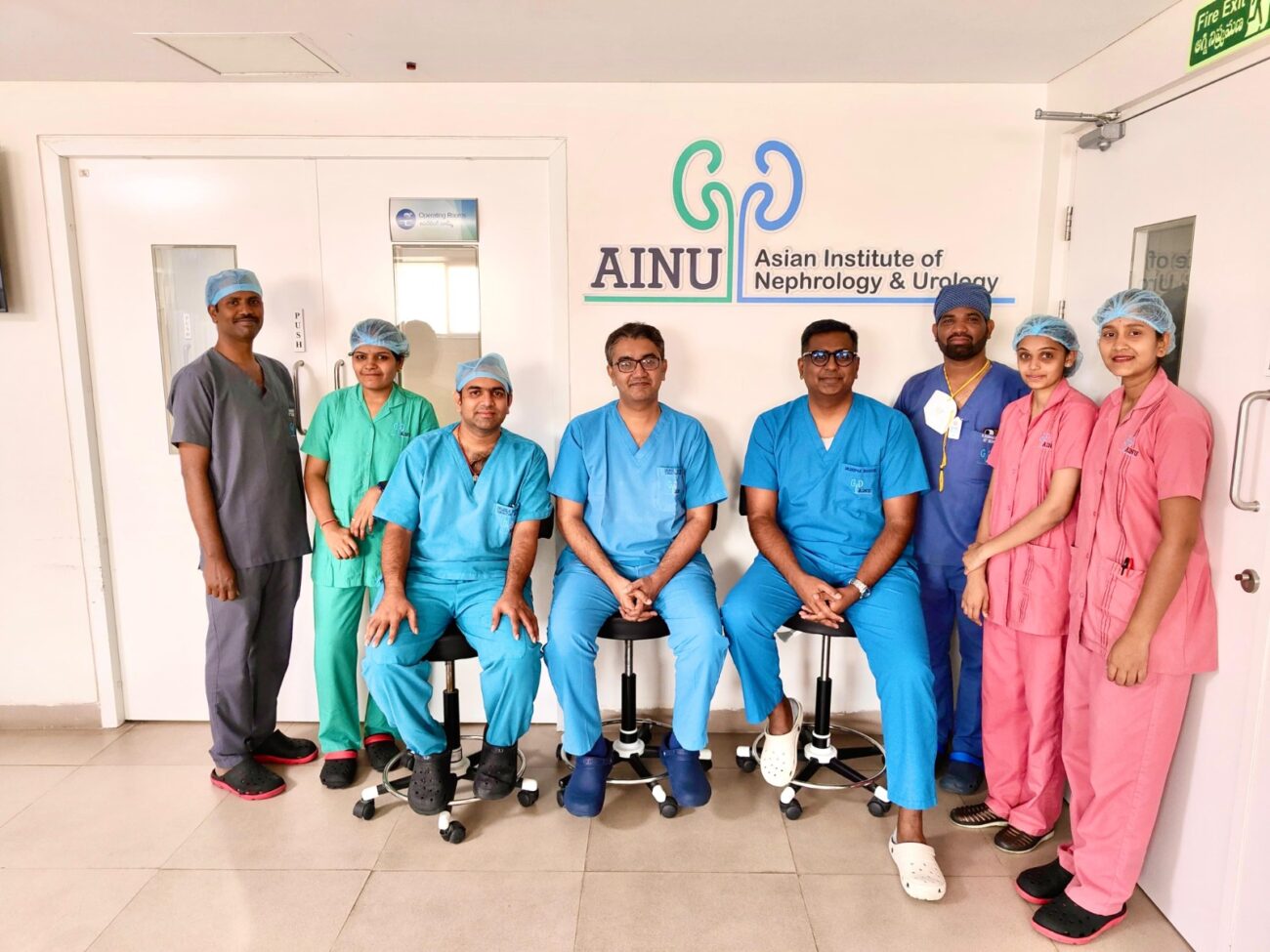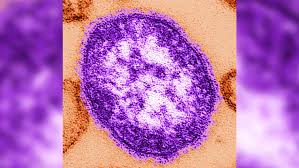A 65-year-old lady’s heart issue solved with Rotapro Rotablator
Used this latest technology for the first time in Anantapur * Calcification in Coronary Arteries cleared * KIMS Saveera Doctors achieve success Calcification that forms in coronary arteries can be very hard and difficult to remove. In the

Used this latest technology for the first time in Anantapur
* Calcification in Coronary Arteries cleared
* KIMS Saveera Doctors achieve success
Calcification that forms in coronary arteries can be very hard and difficult to remove. In the past, doctors used balloon-based techniques to treat this condition. However, a new cutting-edge technology called Rotapro Rotablation has been developed and was recently launched in India in April 2022. A senior interventional cardiologist DR MOODE SANDEEP at KIMS Saveera Hospitals in Ananthapur, India, used this ultra-modern technology to treat a 65-year-old woman. The cardiologist explained the details of the procedure.
“A 65-year-old woman had a heart attack and was taken to the hospital for treatment. However, her blood vessels had heavy calcifications due to her age, making regular angioplasty impossible. To address this issue, we used Rotapro Rotablation in combination with angioplasty, resulting in positive outcomes. Rotapro Rotational Atherectomy System is a cutting-edge technology that was introduced to India in April 2022. Unlike the previous pedal-based system, Rotapro is hand-operated. This advanced system uses a diamond-tipped burr with front-cutting and stable rotation to safely ablate and simplify the complex process of angioplasty, ensuring the patient’s safety.
There are numerous techniques for treating calcified coronary lesions, including balloon-based techniques, cutting balloons, scoring balloons, ultrahigh pressure balloons, lithotripsy, ablation techniques, rotational atherectomy, excimer laser atherectomy, and orbital atherectomy. According to Dr. Sandeep, RotaPro has proven effective in reducing procedural time, fluoroscopy time, contrast volume, and radiation dosage, and improving feasibility, patient safety, and in-hospital outcomes. He also discussed the reasons for calcification and measures to control it.
What causes coronary artery calcification?
Coronary artery calcification is a common condition that usually affects older adults, with calcium buildup starting around the age of 40. However, some chronic medical conditions can increase the risk of calcification, in addition to rare medical conditions that cause calcifications in young people. Examples of such chronic conditions include metabolic syndrome, hypertension, diabetes, dyslipidemia (irregular cholesterol levels), obesity, and chronic kidney disease. It is also worth noting that tobacco use is a risk factor for coronary artery calcification.
How to reduce the risk of calcification?
It is recommended to take medication to reduce high blood pressure and high cholesterol. One should also decrease dietary cholesterol intake by avoiding high-fat foods like fried foods. Proper management of diabetes is crucial. To prevent and slow down the accumulation of calcium deposits in the arteries, there are specific lifestyle changes you can make. These include:
* Always have a heart-healthy diet and limit intake of cholesterol, fat, and sodium
* Quit smoking and boozing
* Exercise and maintain an active lifestyle
* Lose weight
A low-fat diet and exercise can help reduce your risk of calcifications and other chronic health conditions.






